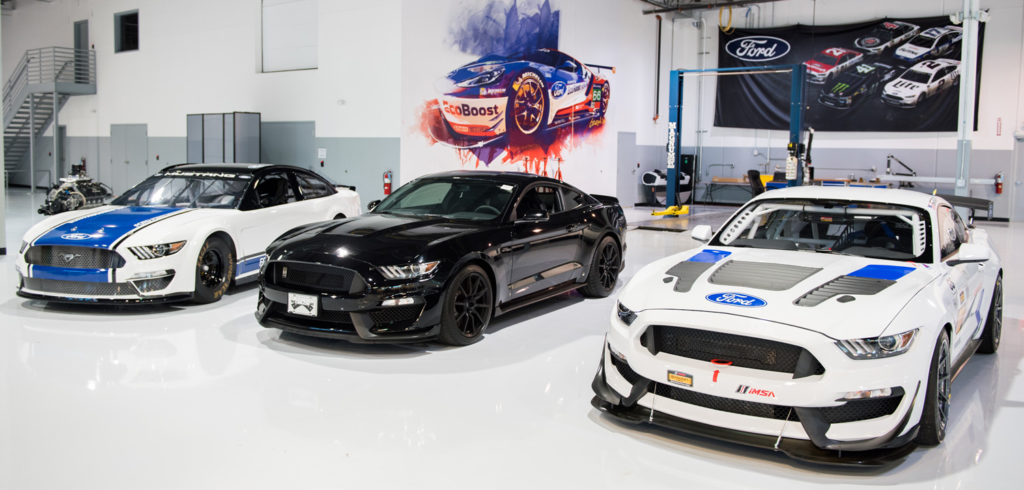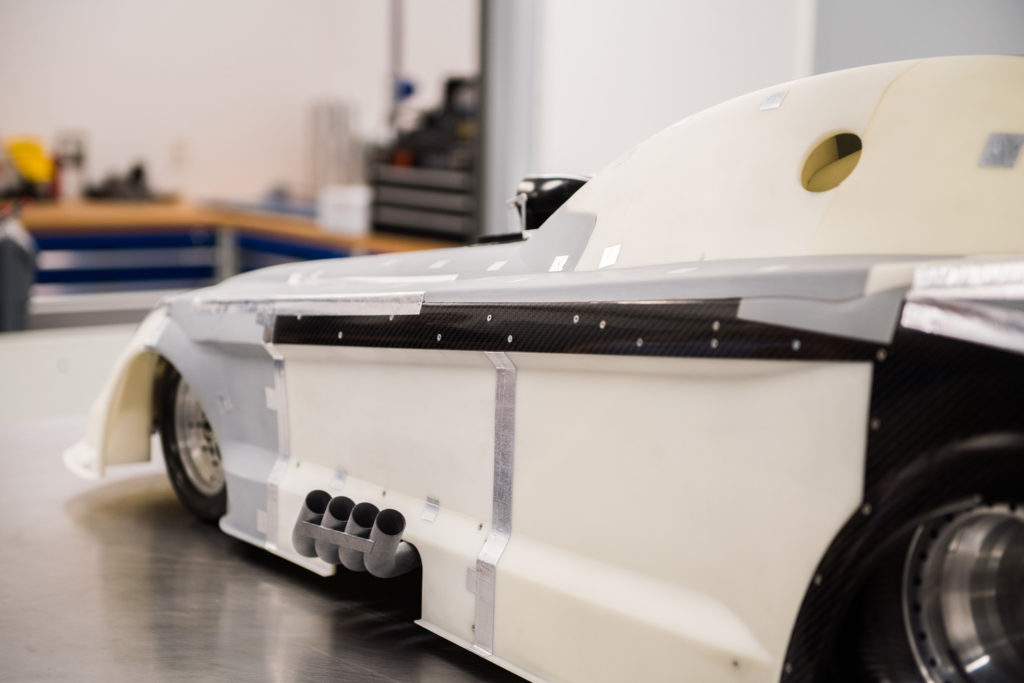Advanced new research and development technology used by the team at Ford Performance is helping Ford to speed-up development of the company’s road car vehicles and improve operational efficiency.
The initial purpose of the facility, which has been open since 2014, was to develop and test race cars virtually in an immersive simulator. The tools there have become so useful and fast that Ford is now using them to fine tune its road-going vehicles.
This includes a driving vehicle simulator, a 3D racing environment and other equipment, all of which are helping to reduce the number of physical prototypes needed.
The list is soon to be expanded with a new production vehicle dynamic simulator in a 33,000ft2 (10,058m2) facility in the heart of NASCAR country in North Carolina.
“The mission of Ford Performance is to transfer innovations from race tracks to the driveways of new Ford vehicle owners,” said Mark Rushbrook, global director, Ford Performance.
“The tech center and this new driving simulator are two of the most important steps we have taken to help our mainstream engineering partners make sure the next Edge and F-150, for example are great to drive – even if you don’t check the performance model box.”
Ford’s aerodynamic development tools are in fact so accurate that on the 2019 NHRA Funny Car program, no prototypes will be created before the racing body is built – a milestone in the history of Ford racing.
Ford is so confident in its dynamic simulator, development and testing tools that much of its race car testing is now done in advance of arriving at a race track. Virtual prototyping and simulator tools help optimize both performance and manufacturing capability, which is critical when designing road cars.
Along with the new simulator, Ford is using several other advanced tools to help speed development times and cut costs. These include a new dynamic simulator, CFD and virtual manufacturing techniques.
The racing simulator at the Concord facility also received a recent upgrade and now features an immersive 3D environment for drivers.
“I’ve used the simulator a lot and have got used to the normal vision, so I was quite apprehensive when they told me we are going 3D,” said Richard Westbrook, driver of the No. 67 IMSA Ford GT.
“It really is a step up in terms of reality. With all the hard work at the Ford Performance tech center, we now have something we can really rely on to give us a good car when we roll it off the truck in real life.”
Along with upgrades to the race simulator, other breakthroughs include supercomputer modeling of race and regular tires to improve rubber wear and performance.



